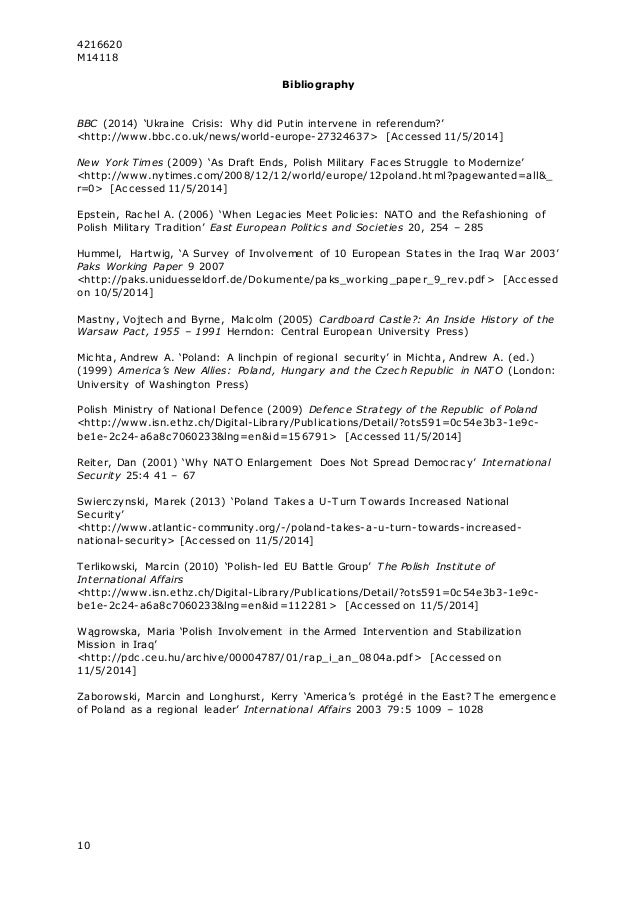
Meaning, too many screenwriters try to write an awesome, complete, final draft of a screenplay in one step. Yeah, it’s not a funny joke, but you know what? It makes more sense than the approach a lot of aspiring screenwriters take.

“How do you eat an elephant? One bite at a time.” Joshua received his MFA from the Yale School of Drama.įor all the latest from WeScreenplay, be sure to follow us on Twitter, Facebook, and Instagram.There’s an old joke that goes something like:
Final draft example series#
In addition to his career in TV and film, he is a founding producer of The American Playbook, a series of conversations and new works highlighting historically underrepresented voices, and currently serves as Director of the National Actors’ Retreat. Joshua Noble is a Puerto Rican writer, actor, and producer based in Los Angeles, California. Need help with your next draft? Check out WeScreenplay’s top-notch Coverage services! Of course, expert feedback can help you refine your approach, so take advantage of script coverage with specific feedback on your script: from character analysis to detailed notes on your script’s plot and structure. Prioritize clarity and specificity, and remember: dialogue should drive the story no matter the language. Here’s an example from the pilot of VIDA : VIDA on Starz made use of a mix of non-subtitled and translated Spanish to showcase the true-to-life use of Spanglish, Spanish, and English in the East LA community of Boyle Heights. It can also be a great way to indicate a character casually using a different language.Īs with any rule, there’s always an exception. Accessible? Not so much, which is why this method is best for filling out the world of your story rather than communicating pivotal story points. If you happen to be part of the over-achieving half of the world that is bilingual, you can also simply plug in the language your characters are speaking.


Or as a means of translating short pieces of dialogue written in another language: The Bilingual Method Bracketsīrackets can also be used, either as a method to set aside non-English dialogue: Toggling between languages in italics can prove visually difficult at times, so another option for off-setting lingual shifts is by using brackets. If you’d like to be selective about which dialogue is in a different language while avoiding excessive parentheticals, try using italics : A blanket note, in an offset color for clarity, is an easy way to make use of Final Draft’s formatting options to showcase a character’s break into another language. It might look something like this: A Blanket Language Noteįinal Draft is the industry-standard screenwriting software, which allows for some creative options when formatting a screenplay. End the scene with an in-action like that makes it clear when they’ve switched back into English.

Try an action line specifying the language in which the characters are speaking. However, this method can prove tedious for readers when used throughout an entire scene and can be distracting when building a rhythm. For a few lines or a single piece of dialogue, use parenthetical actor direction to indicate subtitles: This is a great option for reader accessibility, employing a Tolkien-esque fabricated fantasy language, or simply avoiding a translation snafu if you aren’t fluent in your character’s native tongue. Here’s a simple example using American Sign Language:Īs is the case with any parentheticals, excessive use can prove taxing for the reader, so be sure to employ them effectively or use an alternative such as an in-action note. This approach is streamlined and perfect for noting a character speaking in a different language for a single piece of dialogue. A simple and straightforward option for a single piece of dialogue, parentheticals are also the standard way to format dialogue in another language.


 0 kommentar(er)
0 kommentar(er)
